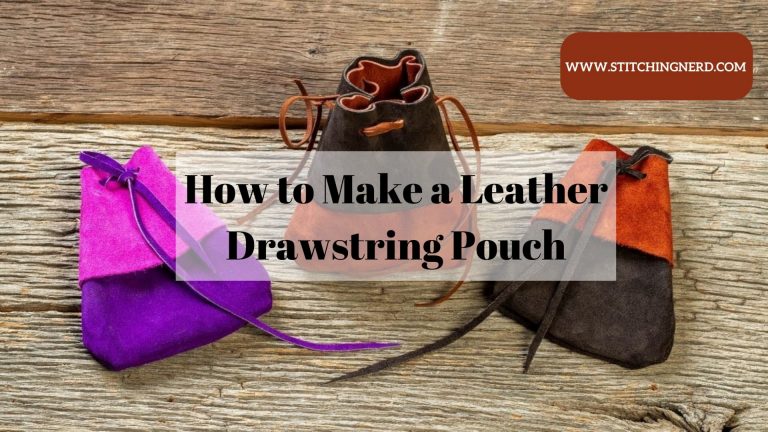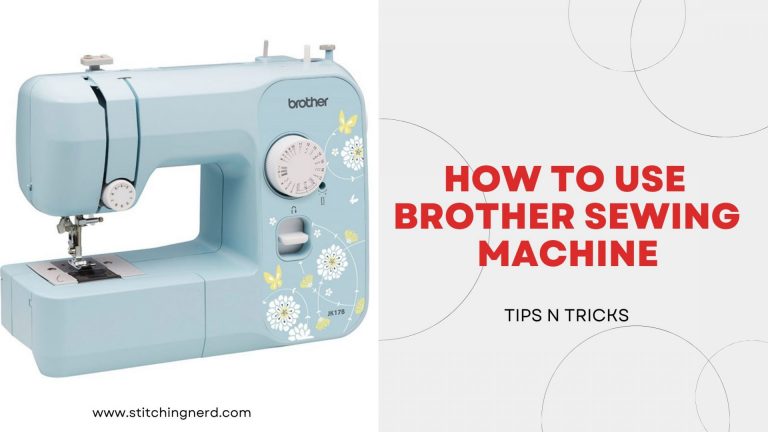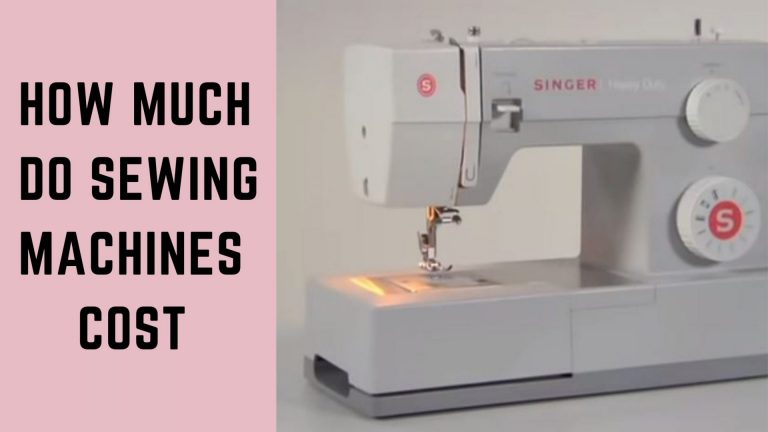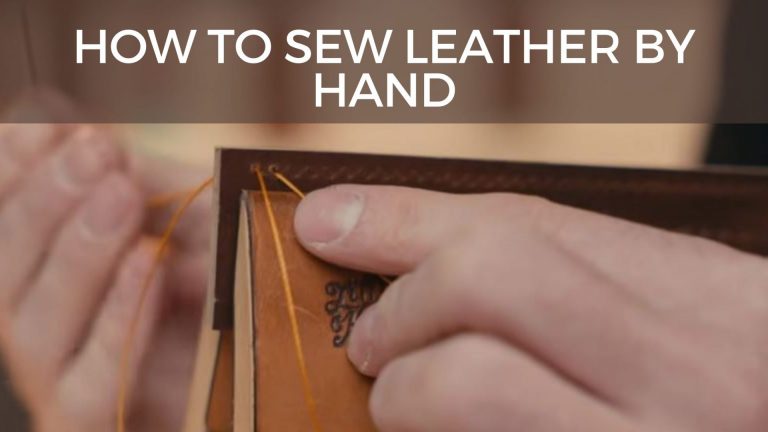Sewing Machine Problems and Remedies
Becoming an expert in sewing is not enough. It is essential to be aware of the sewing machine problems and remedies to keep your project going. Sometimes, a problem looks too bigger, but its solution will make you astonished because it’s not rocket science.
With just cleaning or a simple solution, you can make your machine working. Thus, it’s really important to know basic machine issues and their solutions to save your time.
Keep your sewing machine clean and regularly oil it to prevent minor issues and ensures Brother sewing machine troubleshooting. Also, keep a check at the needle, bobbin case, belt, and thread tension to avoid frustrating hindrance in your sewing. Here, we will discuss some common machine problems and their remedies to help you solve them at home.
1. Feed Dog Sewing Machine Problems
Following are the problems you may face with the feed dog.
Feed dogs in Down Position
Feed dogs help the fabric to move forward or backward when you’re sewing something. It pushes your clothes evenly to provide perfect stitching. You can fix the feed dogs in the up position for straight sewing lines. In contrast, the feed dogs in the down position are suitable for freehand stitching. Sometimes feed dogs get stuck in their position, and you can’t pull them upwards, then it becomes an alarming situation.
To solve this issue, you can try some tricks.
- Turn the needle properly high up to the level it can go.
- Turn the needle towards you in one rotation, and it will lead the feed dogs to go up the needle plate. If feed dogs are much downwards, then change it.
- Have a look at the manual to know how should the feed dogs appear.
Dirty Feed Dogs
Keeping the area clean under the needle plate and around the feed dogs is a must because it is more prone to accumulate debris, dirt, and shreds of threads, which can block your machine’s smooth performance.
If you use the machine daily, you must clean it thoroughly to make the feed dogs work properly.
2. Sewing Machine Motor Problems
Leather sewing machine and all other machines may face the following motor problems.
Slow Running Motor
When you find your machine working at a slower pace, first check the bobbin. It will help you analyze, either it’s the motor or other machine’s parts creating problems. If the bobbin is moving smoothly, there is nothing wrong with the foot pedal or cord; check out other parts. Clean and oil your sewing machine; it will make it run evenly.
Locked Drive Gears
The bunching threads can cause the drive gear of your machine to lock. Threads can be stuck in the shuttle race, which will prevent the needle from rising back.
To resolve the problem, move the handwheel a bit backward and forward. If the needle rises, detangle the thread. But if the needle remains stuck there, detach it from the clamp to detangle the thread. Then, clean the shuttle race thoroughly to prevent such problems further.
3. Sewing Machine Tension Problems
Your sewing machine may have the following tension problems.
Upper Thread Tension
Your machine has a thread tension problem if there are loops in the upper or lower stitching of the fabric. For resolving the upper thread tension problem, change the tension dial one unit up or down. Keep on doing until the stitches on the fabric’s right and wrong sides become balanced and the topstitching feels smooth.
Bobbin Thread Tension
If the bobbin is tight or loose, it can also create a thread tension issue. Use a screwdriver and turn the bobbin screw towards the right for tightening if you face sewing machine loose stitch problems and left for losing. As it has minute calibration, so adjust the settings carefully.
4. Sewing Machine Stitch Length Problems
If you want the longer stitch and there is no change in stitch length despite doing settings, then your machine is having any issue. Make sure you have done the settings according to the user manual. If there is any issue in the settings, make them correct.
Don’t select short stitch length for heavy and thick fabrics like leather. It’s also not right for thin fabric because the thread would bunch up at the fabric’s back.
5. Sewing Machine Bobbin Problems
When you have inserted the bobbin thread and trying to grab it but all in vain, then check the bobbin-winding spindle. If it is pushed back perfectly towards the left, only then the bobbin thread would come out. The presser foot must be up when you’re making the needle to pick the bobbin thread. If still the problem is there, consult a professionalist.
If you’re facing one of the sewing machine problems thread bunching, it is probably due to thread tension. The upper thread’s low tension can cause this issue, so increase the tension. It will work.
6. Sewing Machine Shuttle Problems
Sometimes the shuttle creates a problem that is it refuses to catch the bobbin thread. So, you can’t sew further because the top and bobbin threads are not combining together. The shuttle doesn’t pick the thread when it is not in its right place. Whenever you remove the shuttle, make sure you place it perfectly in its place again. Otherwise, it may also lead to walking foot machine problems.
The needle can also cause a problem for the shuttle in picking the thread. If it is bent or dull, it can’t come in harmony with the shuttle. So, check the needle also when you feel it’s shuttle not working properly.
7. Sewing Machine Belt Problems
Sewing machine belt is one of its essential parts, which it has any issue, can make stitching a hectic task for you. With excessive use, the belt gets rigid, and you can see small cracks in it. The other problem which irritates a lot is that the belt becomes loose and leaves its place every time you start sewing. As a solution to these problems, keep a new sewing machine belt in your toolkit for the time when the old one requires to be replaced.
8. Sewing Machine Pulling Fabric into Machine
If your sewing machine pulls the cloth under the needle, it may be because the bobbin case has lint build-up. Regularly clean the machine to resolve this problem.
This problem also occurs when your machine is not threaded accurately. So, always pass the thread through all the channels rightly to prevent this issue.
9. Sewing Machine Hook Race Problems
The main problem of the hook race is the lint build-up. By regular oiling and cleaning, you can keep your sewing machine safe from this issue.
Sometimes the broken needle gets stuck in the hook race. Remove the hook race and bobbin case, then use a brush to remove the needle, and you’re good to go.
10. Sewing Machine Thread Breaking Problem
New and old sewers face the issue of thread breaking sometimes, which stops their sewing project. First of all, check the needle’s size. After that, see its shape; replace it with the new one if it’s damaged or bent.
If you’re using a low-quality thread, it can also break frequently. When sewing difficult fabrics, go for the correct type of threads for consistent stitching.
11. Sewing Machine Needle Problems
If your machine is skipping stitches, it must be having an incorrectly installed, damaged, or bent needle. This will cause the skipped stitches. To resolve this matter, use the right needle for smooth sewing.
Try to use a new needle for every project to avoid needle issues.
12. Sewing Machine Hand Wheel Problems
In this section, we are discussing how to fix sewing machine handwheel. By the way, it’s not an issue to be worried about. By doing simple steps, you can get rid of hand wheel problems.
When using an older sewing machine, always oil it after every project. Also, lubricate the gears at the inner side of the handwheel. But see the manual first because some machines are self-lubricated and don’t need oiling.
When the bobbing is full of lint, it can also cause problems in the hand wheel’s movement.
13. Stitching Loop Problems with Solutions
Due to a large throat plate hole or poor control of the presser foot, you can experience loop problems. So, change the throat plate or readjust the pressure of the foot presser for better sewing.
Instantly change the bent or deflected needle to prevent loop problems.
14. Reverse Stitching Problems
The backstitch lever can be jammed if loose threads wrap around it. Open the panel and clean all the dust and lint to regulate the reverse stitch mechanism.
Clean the bobbin case and feed dogs to let your sewing machine efficiently do reverse stitching.
15. Twin Needle Stitching Problems
Twin needle stitching often creates a problem of tunneling effect. In this issue, the fabric seems raised between the two stitched lines. By adjusting the needle tension and stitch length, you can get better results.
16. Overlocker Stitching Problems
Whenever the machine is doing overlocker stitching inappropriately, first check the threading. If it is ok, then see the tension dial. By making little adjustments in the dial, you can see the difference.
For longer stitches, change the width or length of the stitch, which can bring a great difference.
17. Embroidery Stitching Problems
Improper tension is the basic cause of many issues in embroidery stitching. With a few adjustments, you can get back to your stitching. For frayed embroidery threads, use the right needle, not the small one.
Too tight thread tension also leads to fraying, so lessen the friction for excellent embroidery. Changing a defective cone can reduce complications too.
18. Staggered Stitching
When the needle is deflected or vibrating, it can result in stagged stitching. Change the needle size and choosing the bigger one will be more appropriate.
The blunt or incorrect needle tip can also make your sewing difficult. Replace needle in sewing machine to stop the staggered stitching.
19. Skipped stitches
The sewing machine skipping stitches and shredding thread is a very threatening issue. The industrial sewing machine skipping stitches spoil the company’s image that they are not focusing on the quality of stitching. But you can fix this minor sewing machine trouble with little changes. One of the machine skips stitches possible causes is the thread quality. High-quality thread with minimum fuzz, no damaged spots, and consistent color doesn’t cause any issue.
Whether there are skipped stitches on thick fabric or normal fabric, it doesn’t look nice. The damaged needle is what causes skipped stitches when quilting because it doesn’t reach the bobbin. That’s why the bobbin and top threads don’t lock perfectly. To resolve this problem, rethread both of them. If still, the problem is there, then probably, it’s the timing issue that asks for a professional’s expertise.
20. Seam Pucker
Seam puckering is the term used for the odd seam that appears during or after the sewing. It is quite common in thick and woven clothes. To prevent this problem, use the small thread size because it can maintain the appropriate seam length. The excellent frictional quality of small-size threads makes it possible for you to sew the fabric with minimum thread tension conveniently.
FAQs
What are the common troubles of the sewing machine and its remedies?
One of the main issues is the stitching machine thread breaking problem which seems more frustrating to the newbies. If the sewing machine keep jamming, it is due to the lack of lubrication. The needle thread breakage can be due to differences in the weight of top and bottom threads. Bobbin or looper thread breakage, thread fusing when the machine stops, seams in fabrics, thread tangles, and strange noises are common sewing machine troubles.
What are the troubleshooting simple sewing machines problems?
The simple troubleshooting issues in sewing machines are thread bunching down the fabric, needle breakage, and skipped stitching. If the machine remains dirty for a long time, it starts showing problems.
What causes a sewing machine not to stitch?
Check the needle; if it is bent or deflecting, replace it with a new one. Use the right type of needle and thread for your stitching. If the top thread doesn’t reach the bobbin, your machine can’t stitch. Also, rethread the top thread, keep the thread at the back of the needle bar, and adjust the thread tension according to your fabric.
What are the possible causes of the machine runs heavily?
If the machine runs heavily, you might be using it after a long time and without cleaning. Other causes are the tight or loose belt and jammed thread in the bobbin case.
Why is my fabric not moving when I sew?
If there is an issue with the feed dogs of your machine, the fabric will not move ahead. Keeping low stitch length can also create any issue in your sewing. Properly set the stitch length to avoid that problem.

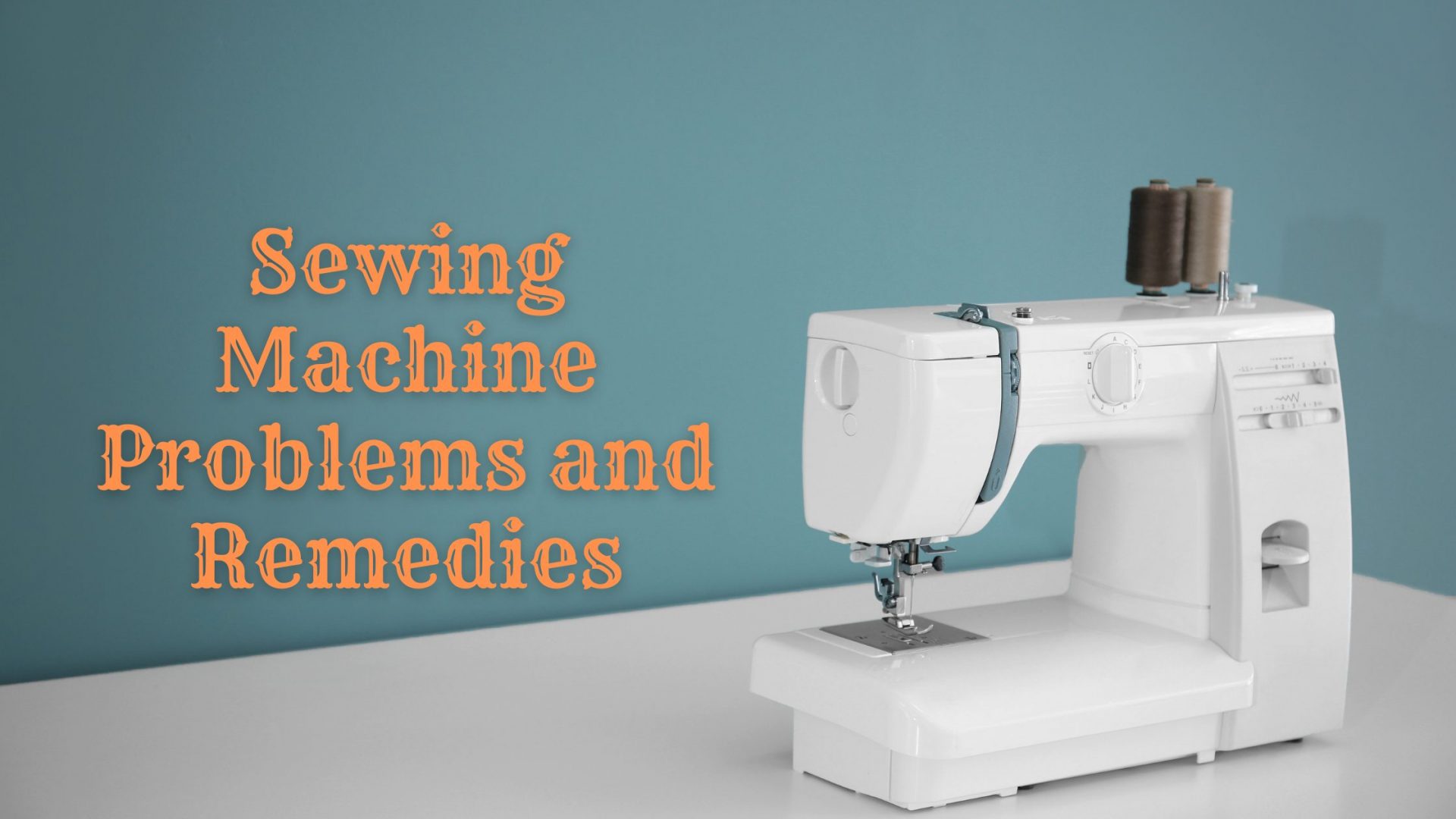
![Why Does My Sewing Machine Keep Jamming [Causes+Solutions]](https://stitchingnerd.com/wp-content/uploads/2021/11/Why-does-my-Sewing-Machine-keep-Jamming-768x432.jpg)
![How to Fix Sewing Machine Stuck Handwheel [Expert’s Tips and Guide]](https://stitchingnerd.com/wp-content/uploads/2022/01/How-to-Fix-Sewing-Machine-Handwheel-1-768x432.jpg)
